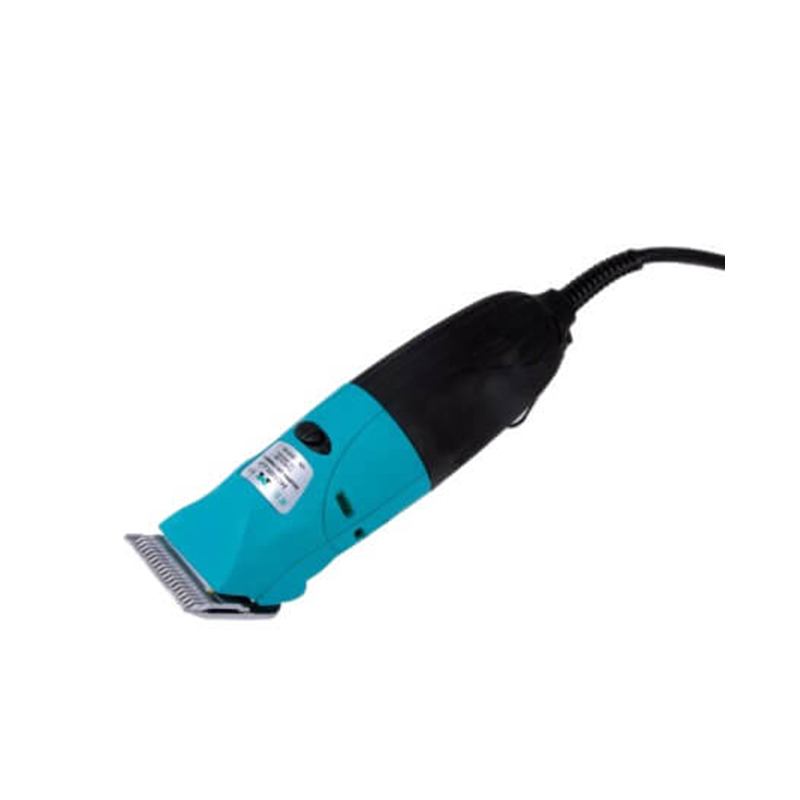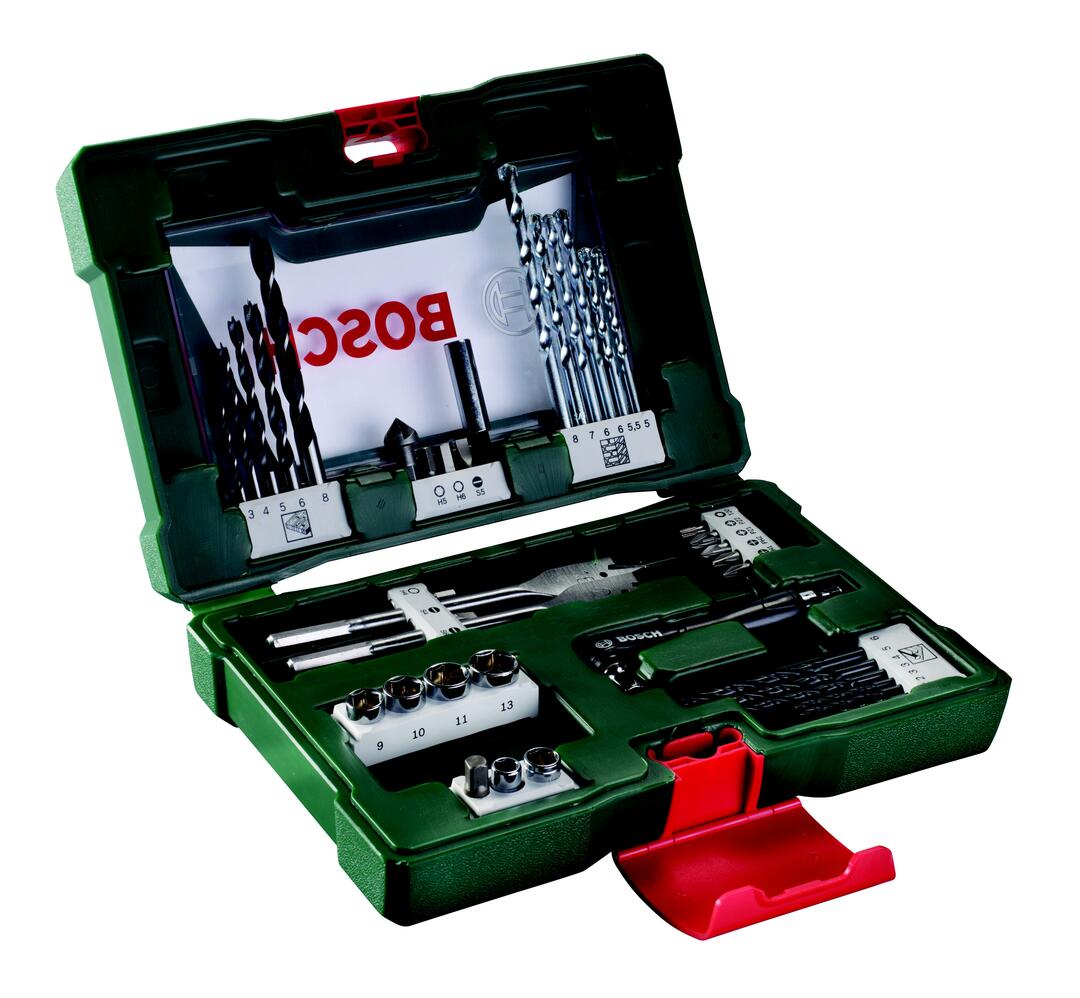One of the common problems of the construction site and the existing facilities is a problem of isolation.
Waterproofing pipelines - is to protect the system against water in order to improve long-term operation.
Despite the fact that there are many waterproofing products, water leakage problem is constantly relevant, and the various stakeholders, such as real estate developers, contractors, end customers are always looking for effective and affordable product.
Benefits
The main quality of the technology is hydroresistant allowing:
- eliminate the effect of corrosion;
- extend the life of the pipeline;
- inhibit the growth of fungi and algae;
- increase the resistance of paint material.
Application area
Water supply
Isolation water pipes - is multifactorial case where the choice of material depends on the particular embodiment. Waterproofing various water pipes allows to eliminate condensation on the tube surface, preventing rust from indoors.

Ventilation and air conditioning
Engineering systems for air ducts also require sealing with sealing properties that enable:
- to increase corrosion resistance;
- improve system performance;
- prevent the formation of condensation.
For ventilation mask used bitumen, the liquid rubber or glass, film materials. Any waterproofing must be applied to the cleaned surface of the blower.
sewerage
Plastic pipe sewer system must have a reliable waterproofing of joints to prevent odors outside, sewage infiltration to the surface of the wire. The problem is relevant for sewage metal pipes in the ground, where the contents may be poured into the soil, and the liquid from the ground to become part of the opposite feed water. The situation is sharpened if next to a sewage line is leaky water pipe, which will suck up dirt.

Should be carried out waterproofing well in mind the following factors:
- Prevention of corrosion of the reinforcement component of a septic tank rings.
- Protection of concrete pit walls against aggressive sewage.
- When tackle walls wastewater effluent pit infiltration will occur that will lead to deterioration of ecological environment.
- As a result, the penetration of moisture into the body w / w rings during cold periods of the liquid will start to destroy the concrete structure.

Chimney pipe roof
Since the roof and the chimney pipe passes over the line of the roof, they are more exposed to harsh weather conditions than any other part of the building. Penetration of water into the chimney - the main cause of deterioration of and damage to the structure. Waterproofing chimney - it is a necessary task that will extend the life of the pipe, protecting against expensive repairs.
The types of waterproofing materials
There are many substances that are used to protect against liquids.

Polyurethane foam
Polyurethane foam is a thick coating applied to the spray equipment. Liquid instantly turns into a foam in the air with rapid expansion. Full expansion of 20-30 times greater than that of the starting material. The external roofing and other outdoor conditions, polyurethane acts as a protective coating of pipes. Polyurethane foam is an excellent component coating systems of water supply.
Ingredient not only provides excellent insulation, but also monolithic, seamless, totally enclosed air and moisture barrier.
Benefits Assistance:
- It can be used without interrupting the daily rhythm of the object.
- Energy material. besides waterproofing polyurethane foam provides thermal insulation, the necessary tightness.
- Ease of maintenance. Foam requires minimal attention and has a long service life.
- The foam can meet all types of pipe fittings, including irregular shapes and hard to form.

Shrink tape
This environmentally friendly hot melt adhesive waterproofing. The wrapping tape is used for the repair of cables, pipes, insulation, especially when they can not be disconnected from the work.
The heated strip is reduced by about one-third of its original size. After cooling, it creates a waterproof protective layer, which provides the necessary protection against the corrosive effects of weather and other risks. High capacity for resistance makes this product ideal for use indoors and outdoors. The tape does not come off over time, or from the effects of abundant moisture. Shrink Tape can withstand a wide temperature range.
Product made from cross-linked polyolefin and the adhesive of non-polluting material. Anti-corrosion, anti-abrasion, sealed and waterproof, heat-shrinkable tape allows you to quickly make repairs wall steel tubing (or other materials) suffering from damage, which can disrupt or cause a dangerous situation.

polymer coatings
There are several varieties of this class of materials.
Brizol supplied by the manufacturer in the form of a roll, and has high elasticity. When installing mastic used.
Fiberglass allocated sector steps wide temperature and high strength. Refractory material, and at the same time flexible, which is useful during installation. Fiberglass is used to create the outer layer, followed by lining.
Products made include two foil insulating layer made of cardboard and foil. It adapts to any shape. Means processed bituminous composition, so the foil insulating used as paroizolyator on heating mains.
Also available waterproofing consisting of cardboard, asphalt and asbestos. The low price of the product provoked a high popularity, but the material is highly flammable.
The liquid sealant
The liquid sealant is a waterproof rubber which may be applied as a paint for waterproofing and protecting plumbing surfaces. It is ideally suited to work with the pipes indoors. Due surprising adhesion to virtually any material, it is the most versatile means and the protective layer.
The product is a strong, durable, waterproof, fully adhering, flexible and seamless membrane, which provides reliable waterproofing and protecting against harmful chemical substances.
Waterproof sealant is easy to apply with a brush, roller or spray pump.
Liquid rubber nontoxic water-based, solvent, so it is safe for humans, the product is used, and for the environment.

bitumastic
Ingredient is mixed substance consisting of organic liquids, which are very sticky, viscous and watertight.
There is a large range of mastic for waterproofing works. The material is easy to apply, and remains flexible after application to accommodate any structural or thermal changes in the pipeline. The product has excellent adhesion to most materials used in the construction of pipelines.
PVC tape
Ingredient used to improve the tightness of joints in the case of working with external piping. Use means possible during the installation of the pipe or repair.
Waterproofing pipelines for various purposes
For wire and hot water heating systems waterproofing should also act as a heat insulator. This will reduce heat loss for copper pipes, which conduct heat 3-4 times higher than polypropylene.

Waterproofing pipelines may be provided by sandwich insulation or so-called jewel case when placed in water larger diameter tube, thereby creating an air space for thermal insulation and the outer sheath to protect against external moisture from ground.
Cold water is also necessary moisture barrier for smooth heat transfer and corrosion resistance. For these purposes a rubber coating, mastic or liquid rubber.
There are a variety of methods for waterproofing sewage, including bitumen products, since high resistance to liquids, gases, and high ductility.
Features waterproofing chimneys and flues
- The first step to a chimney waterproofing - determine how much material is required. It is necessary to measure all sides of the chimney, for the total area;
- Step 2 - Clean the chimney. If the chimney has mold, dirt, rust, creosote stains, fading or any other foreign objects, you first need to remove them;
- Step 3 - protection of non-target areas. This step is important because the preparation of overspray on shingles may cause discoloration. Use a cloth towel or other absorbent material around the base of the chimney;
- Step 4 - Repair of chimneys. If the chimney has minor cracks should repair them before you make it waterproof;
- Step 5 - Choose a water-repellent material. When waterproofing design of the chimney on the roof of a typical very important not to use a sealant. When chimneys heats and cools, the moisture inside the chimney is created. This moisture usually passes through the brickwork. If you use a sealant, moisture will remain in the trap, and when there will be freezing in the winter, this moisture will begin to destroy the building. Should be used in the chimney breathable, water-repellent agents, to prevent this problem;

- Step 6 - waterproofing by treatment chimney. Application vodoottalkivatelya via nebulizer. It requires the use of the calculation of the area with the first step, to determine how much water-repellent material need.
recommendations masters
It should start from the bottom of the chimney, gradually paving the way to the top. Application of large surface waterproofing layer will lead to the fact that the surface is fully saturated. This will create the most effective moisture-resistant qualities. Using a damp brush will help to ensure even distribution.
For optimum performance, the second layer should be applied within three to five minutes. Water-repellent material is to dry for two to six hours.
Once the waterproofing is made, you need to carefully remove any items that are available on the roof.
It is also possible to use the insulation of corrugated board as the material for insulation. In this case, the slate roof is necessary to create a steel abutment along the perimeter of the chimney at the entrance location on the roof, on which then plank decking the desired shape.



